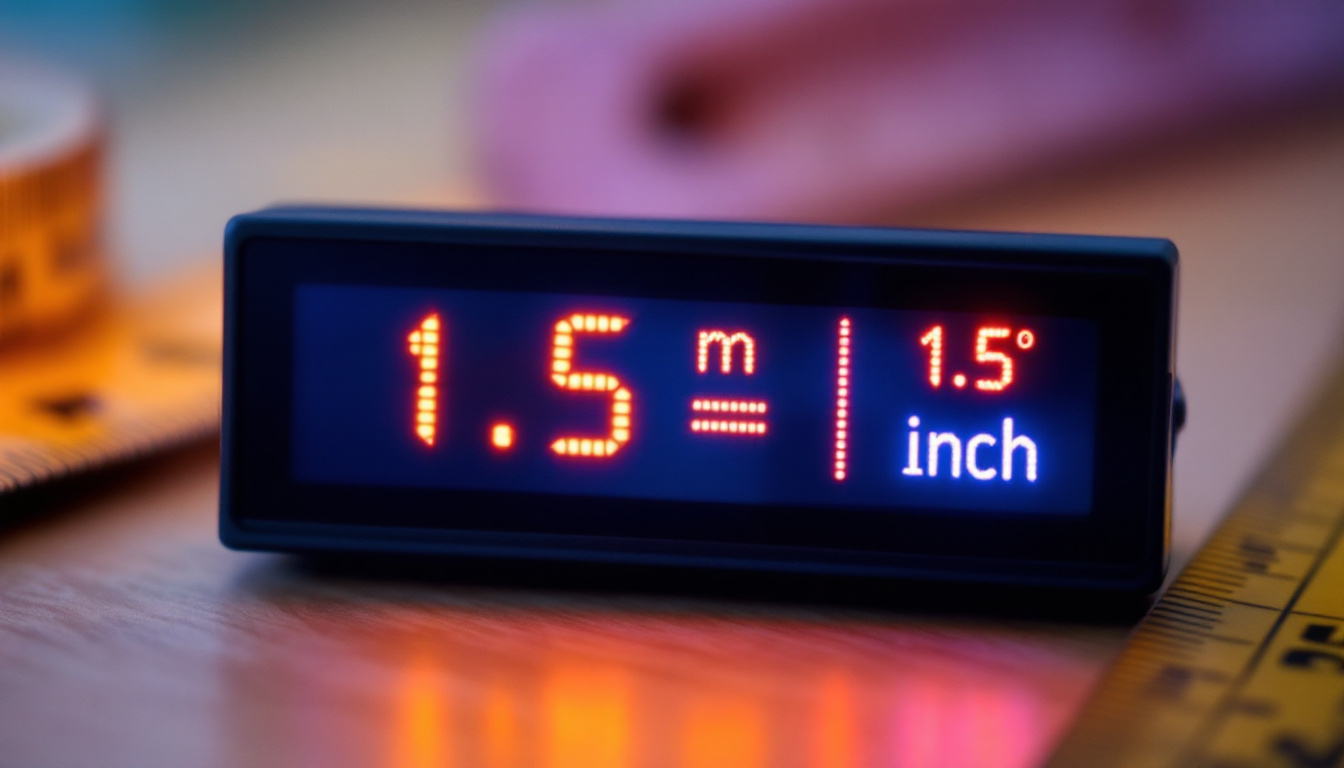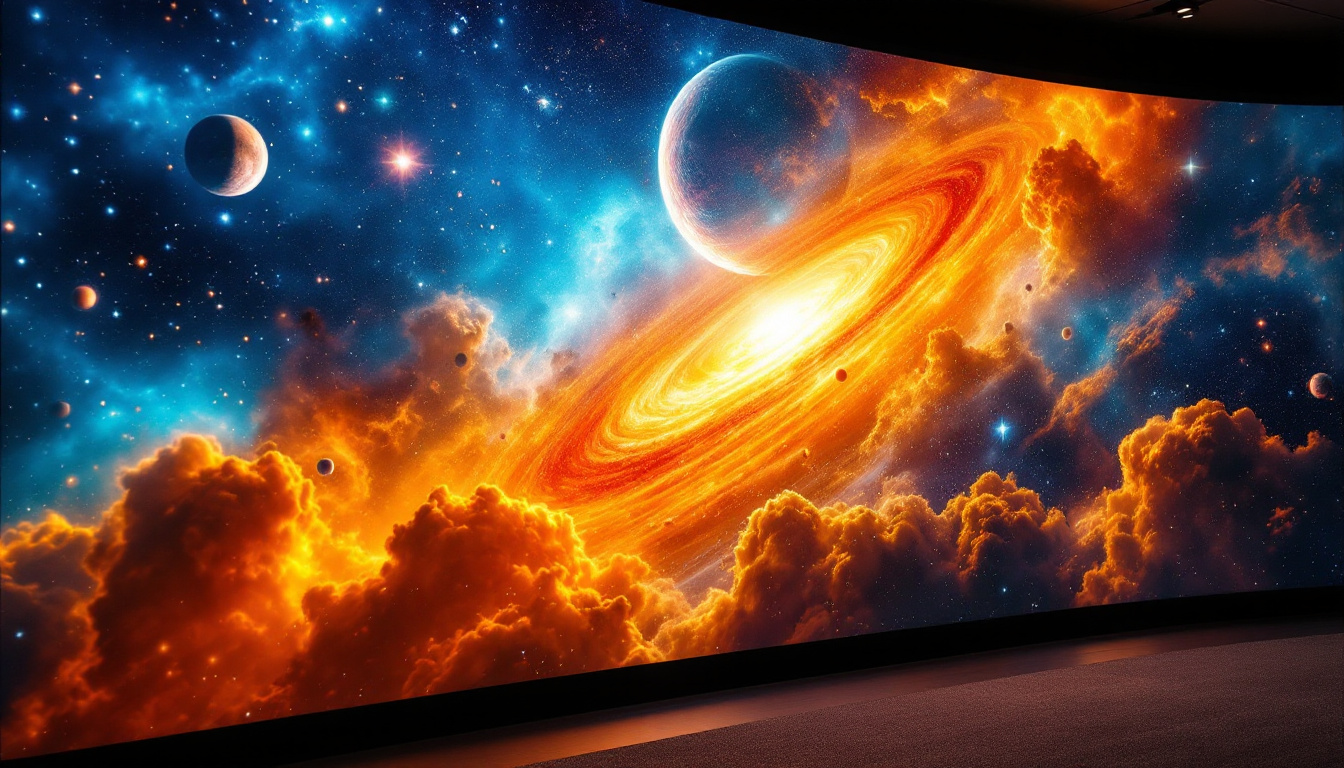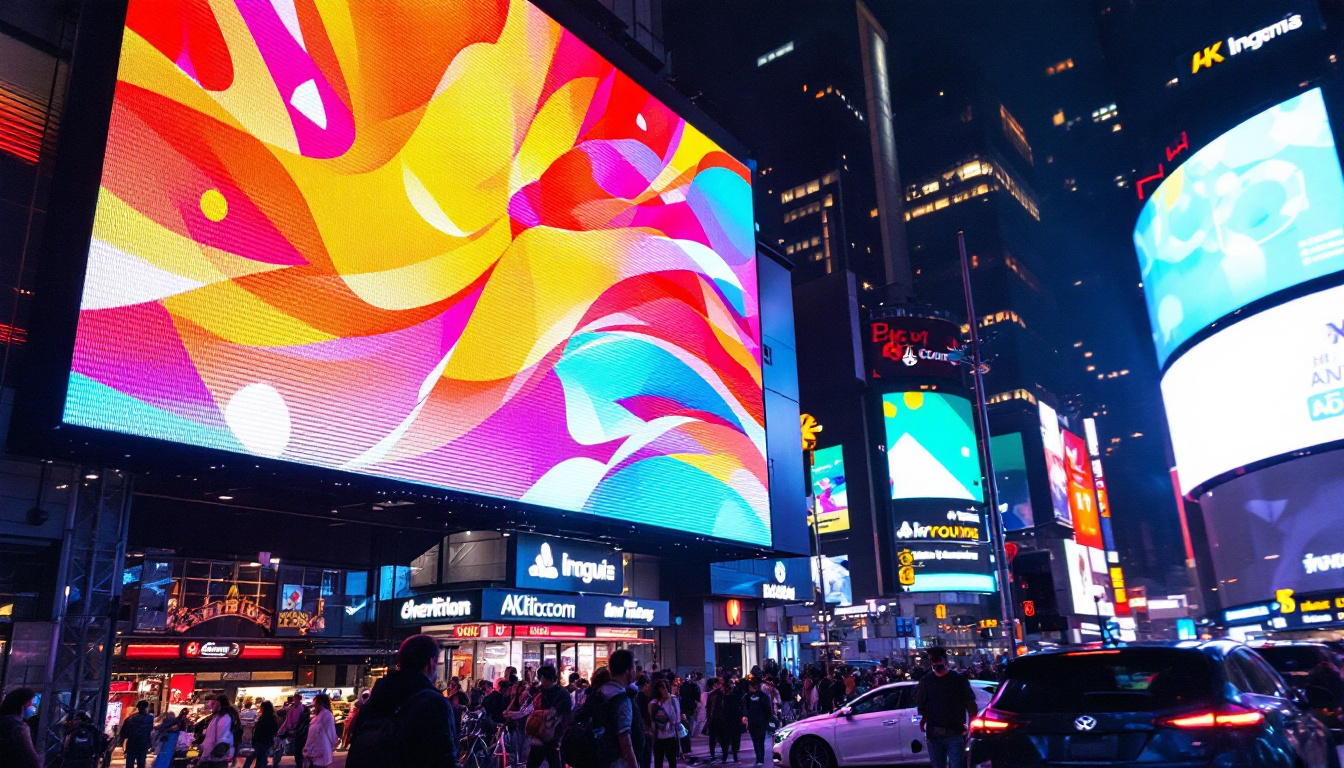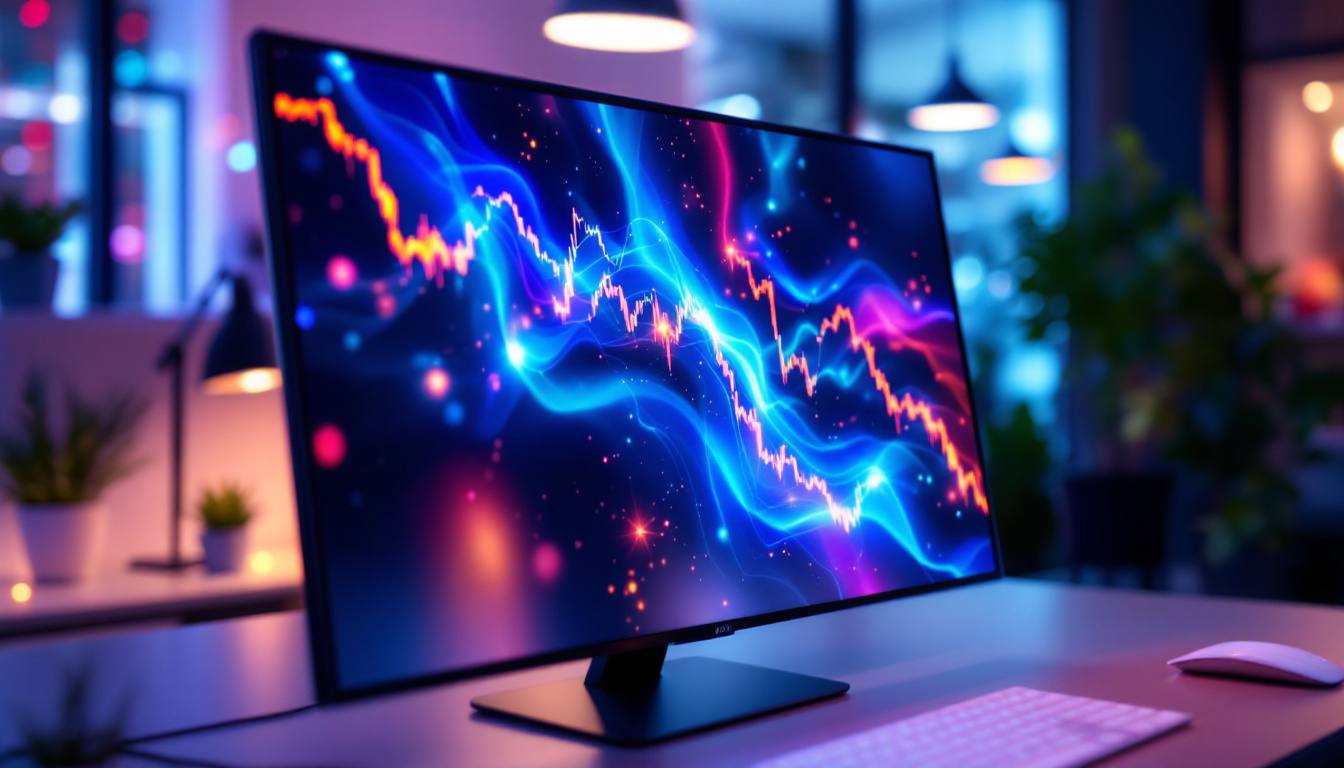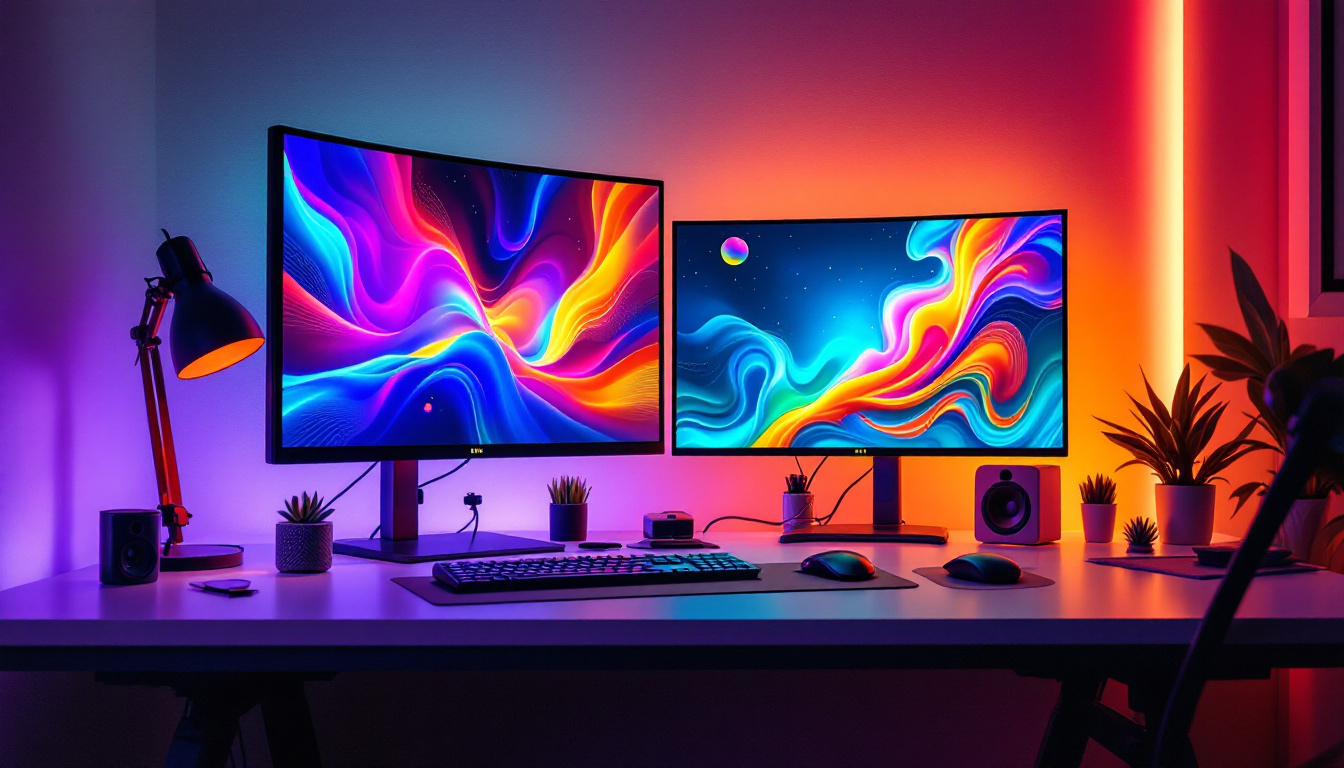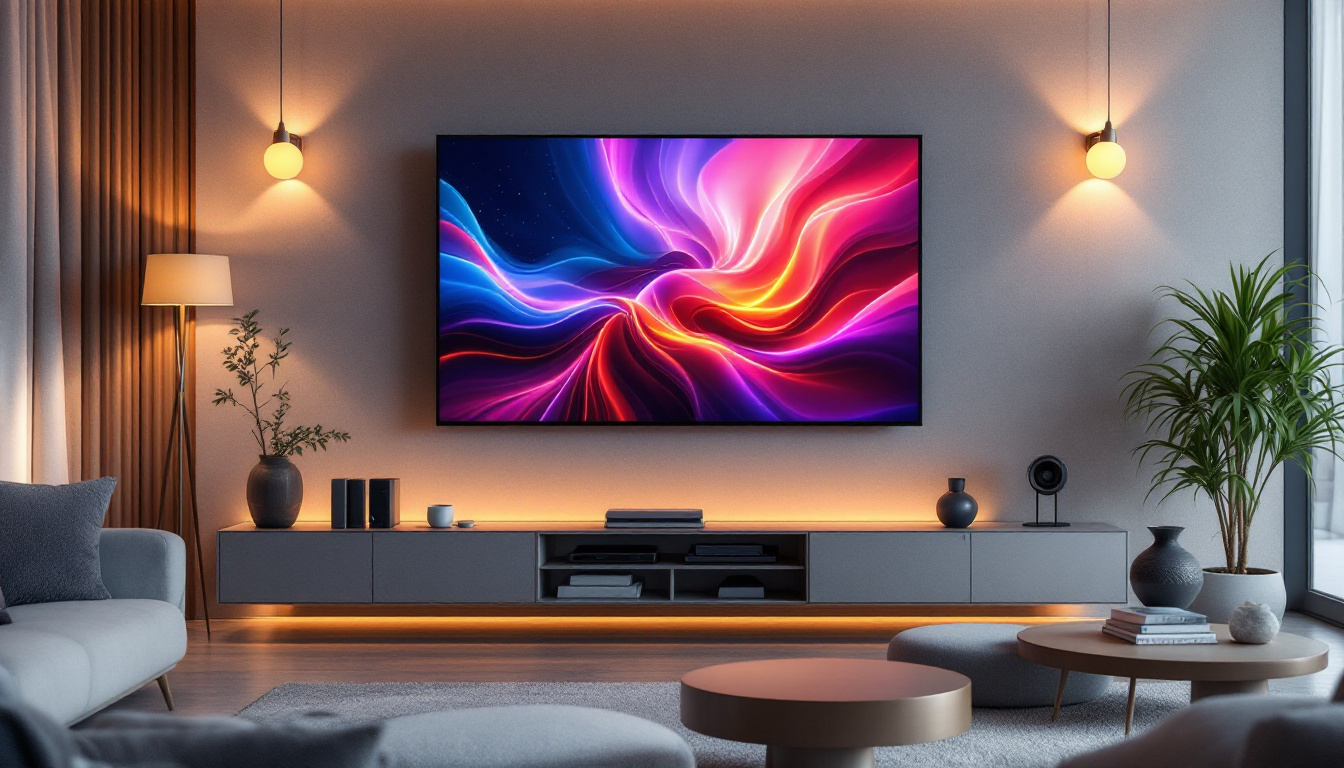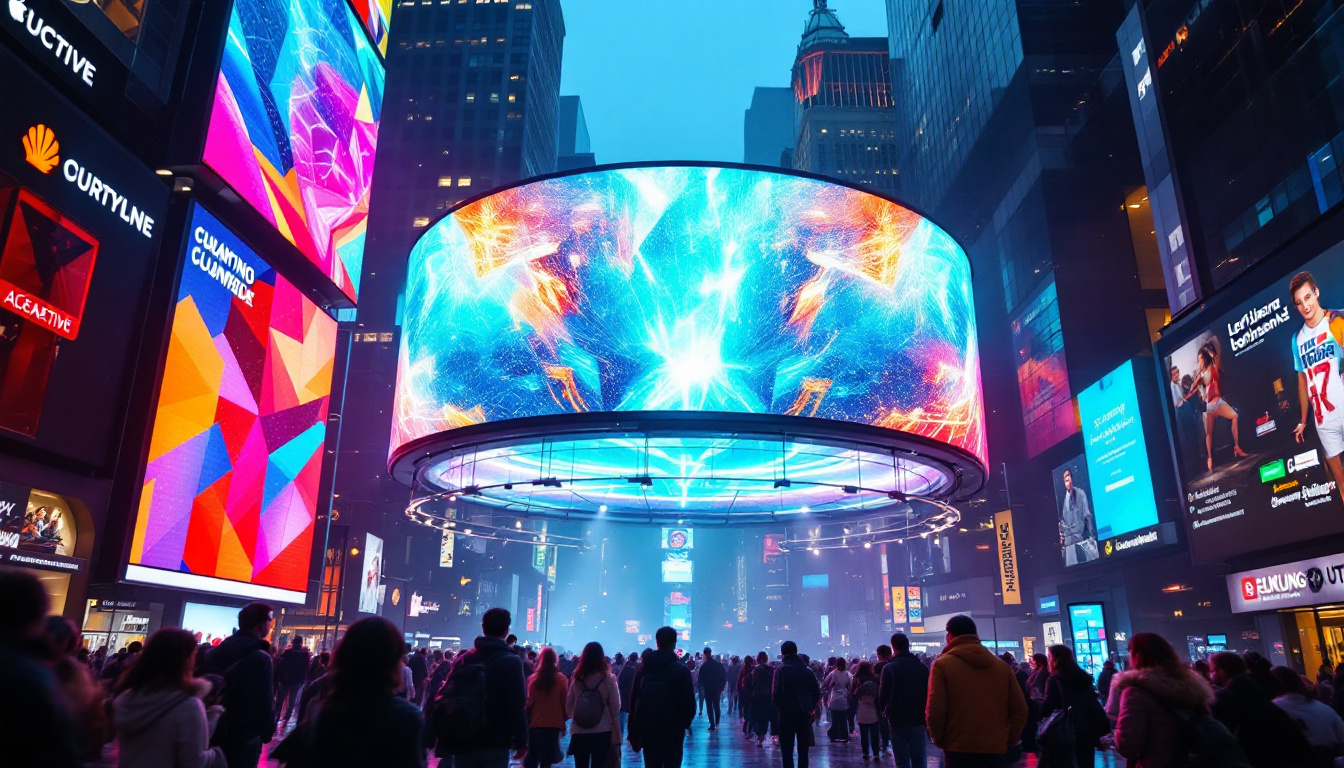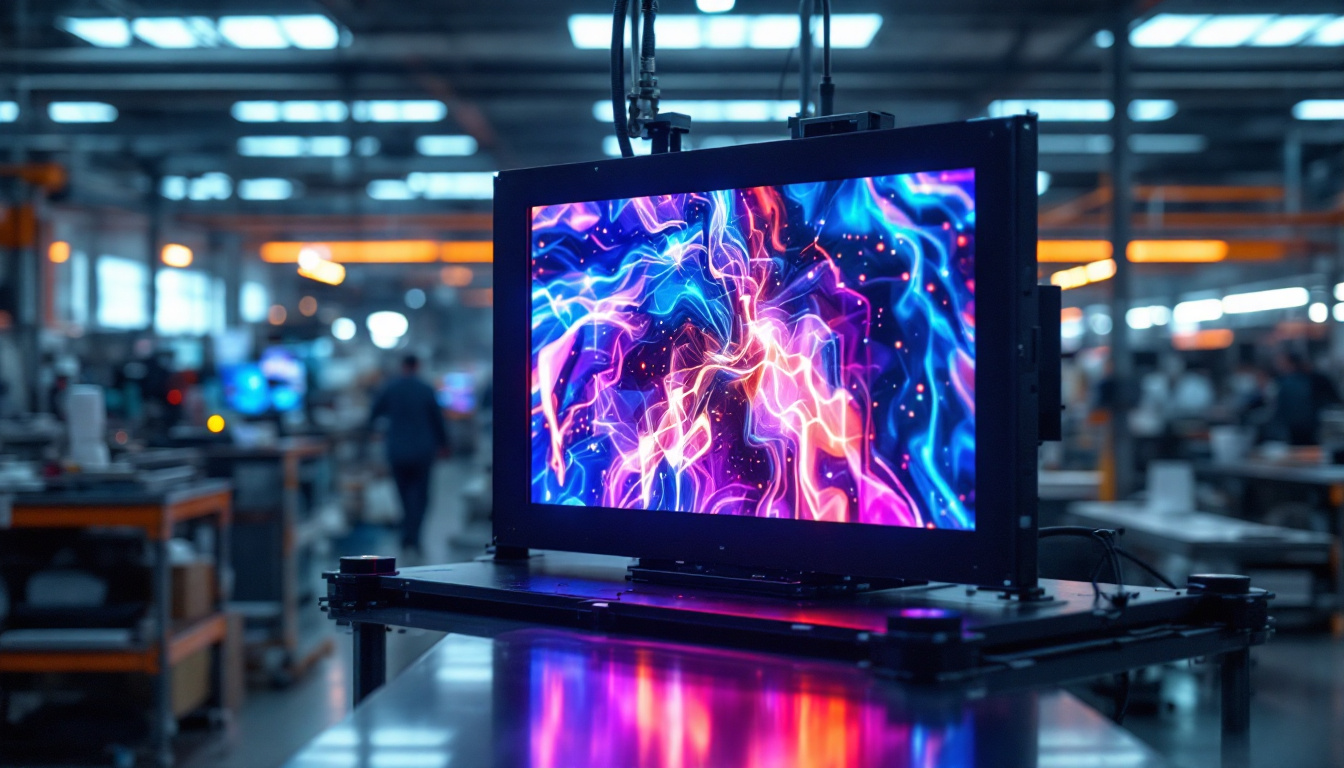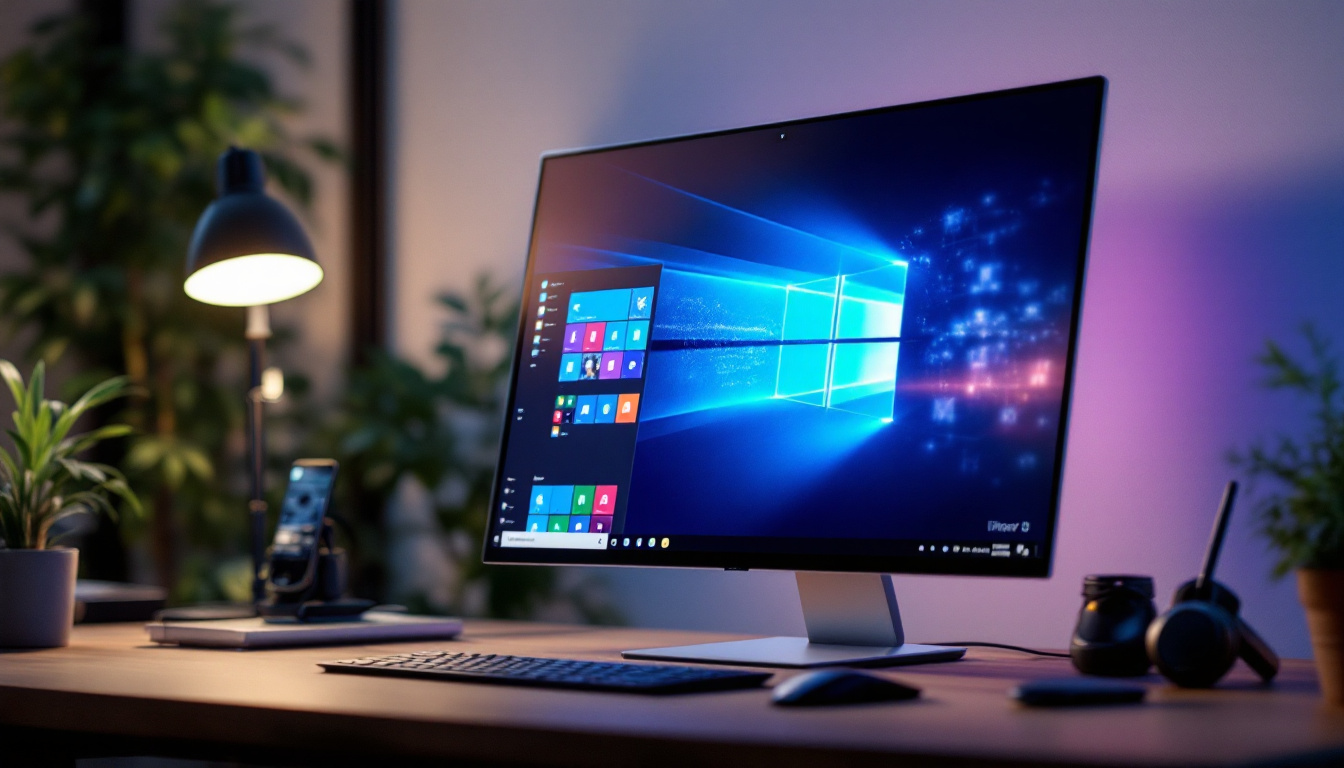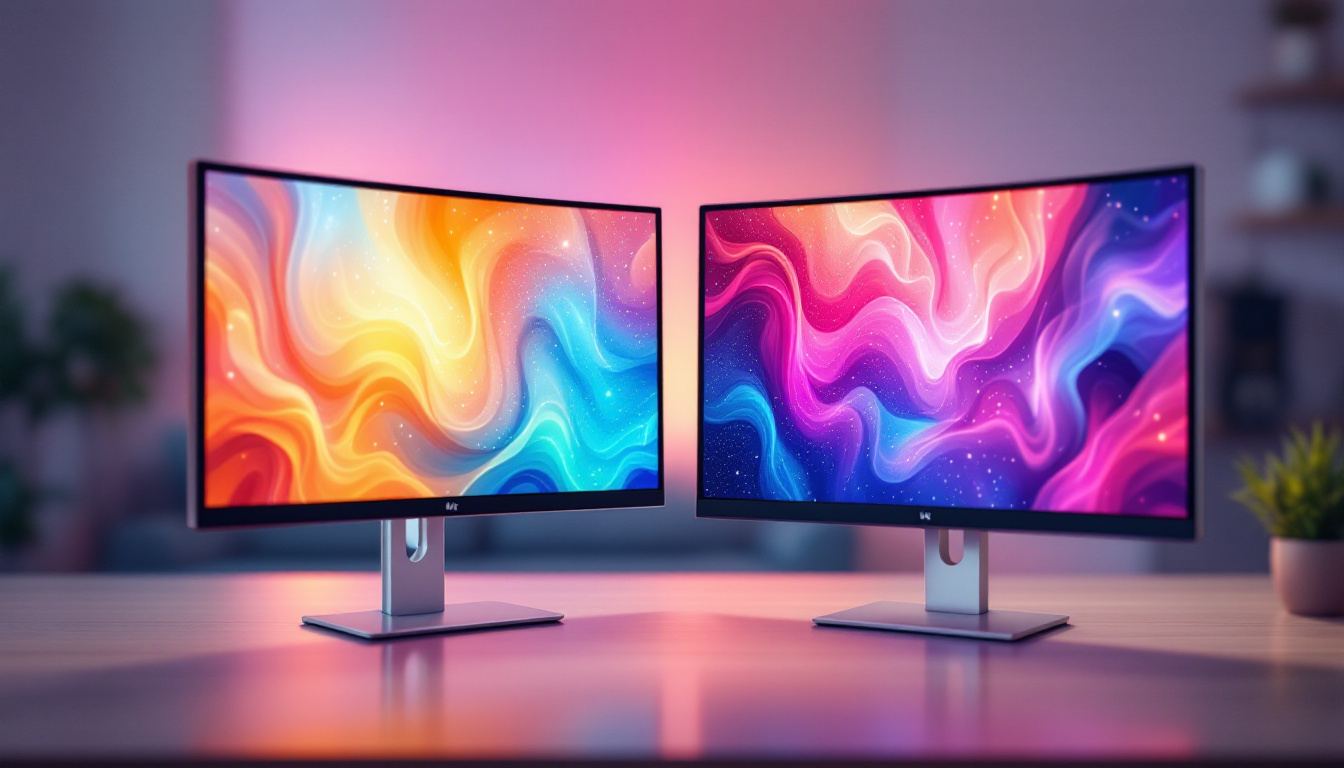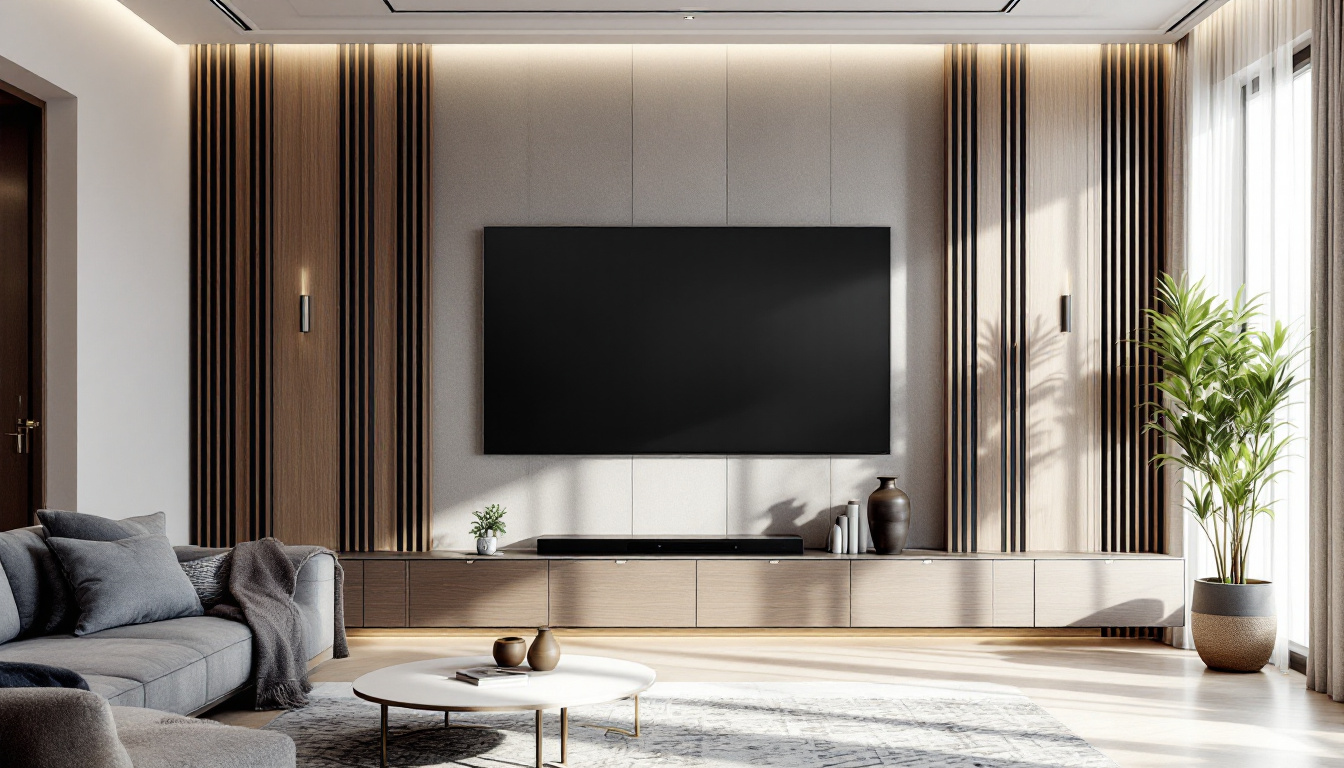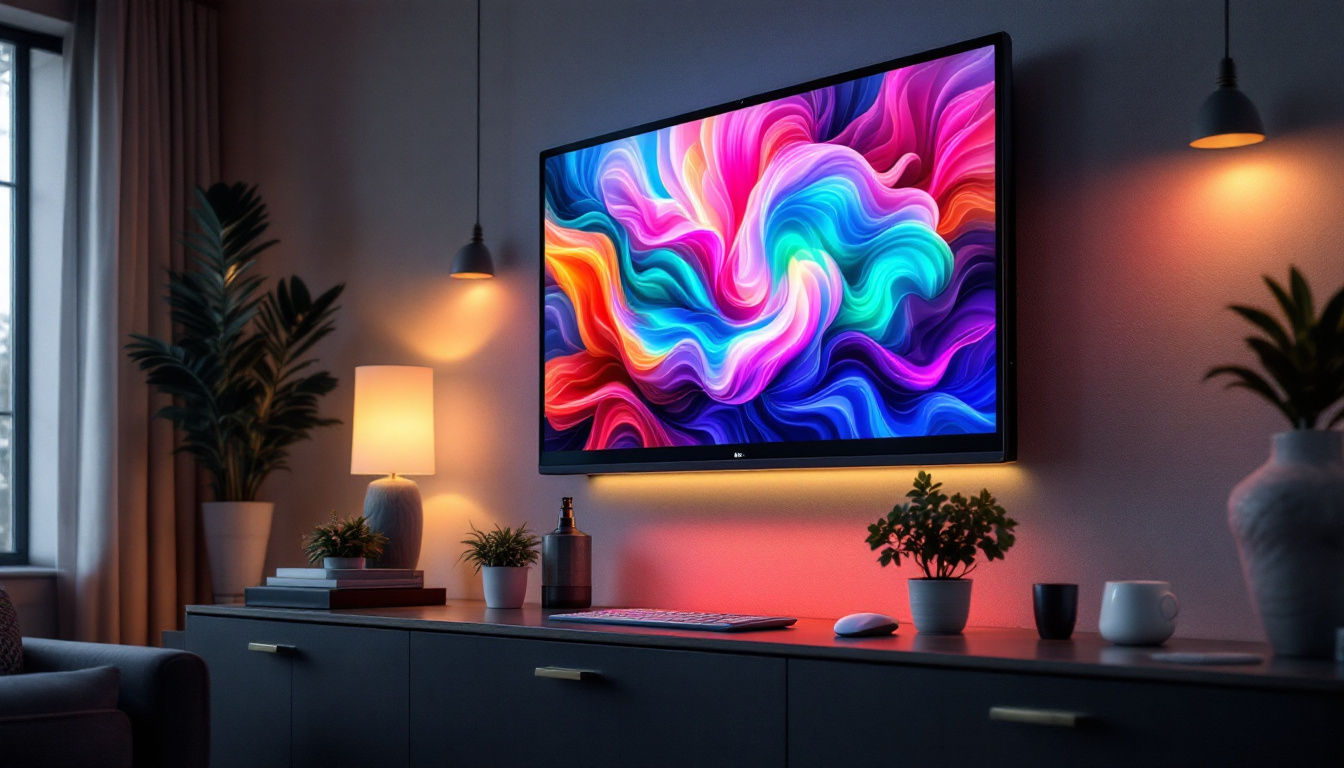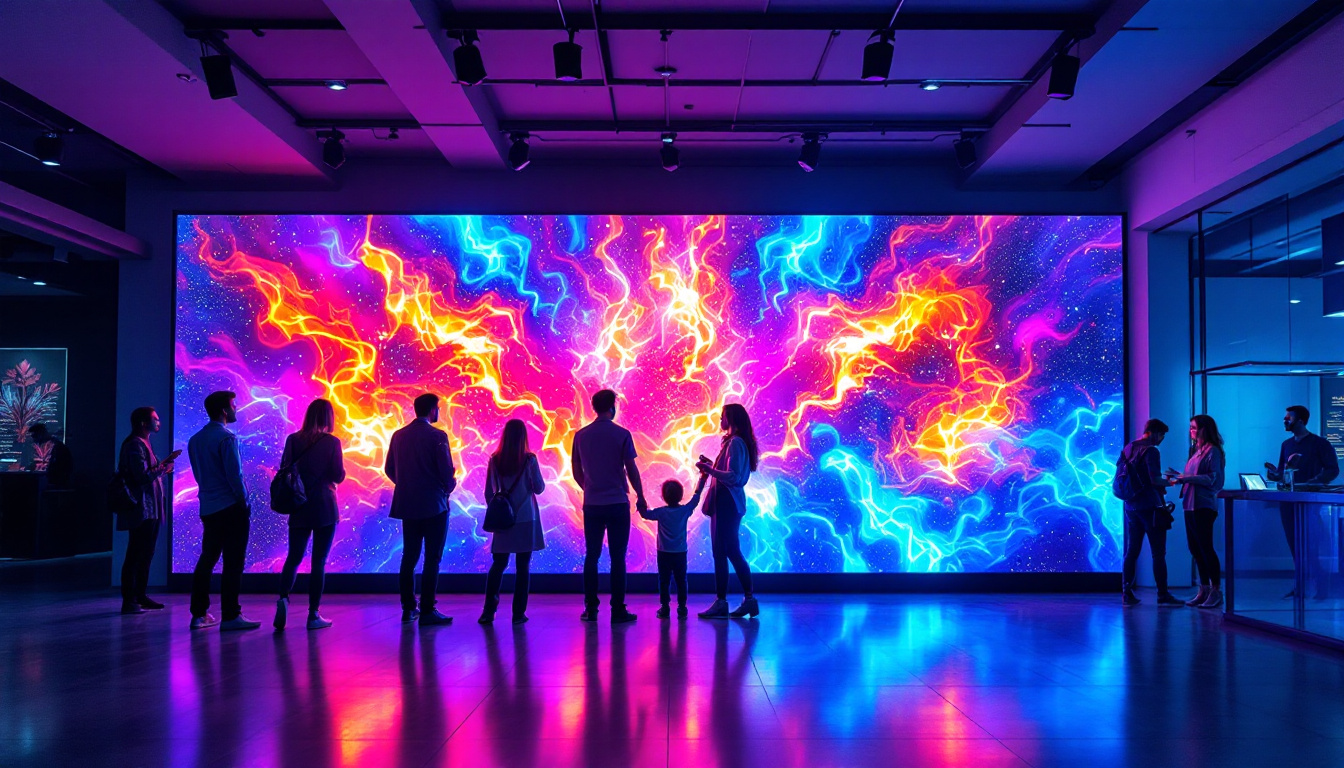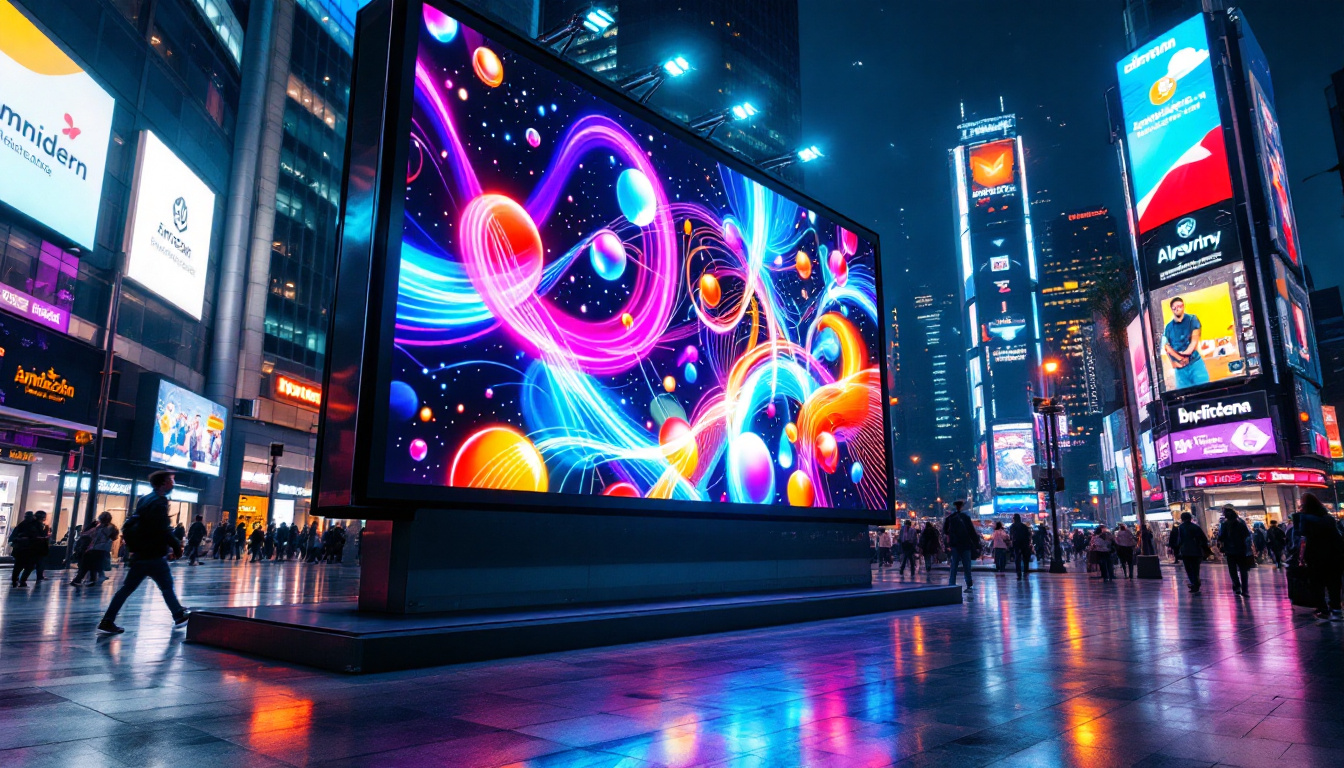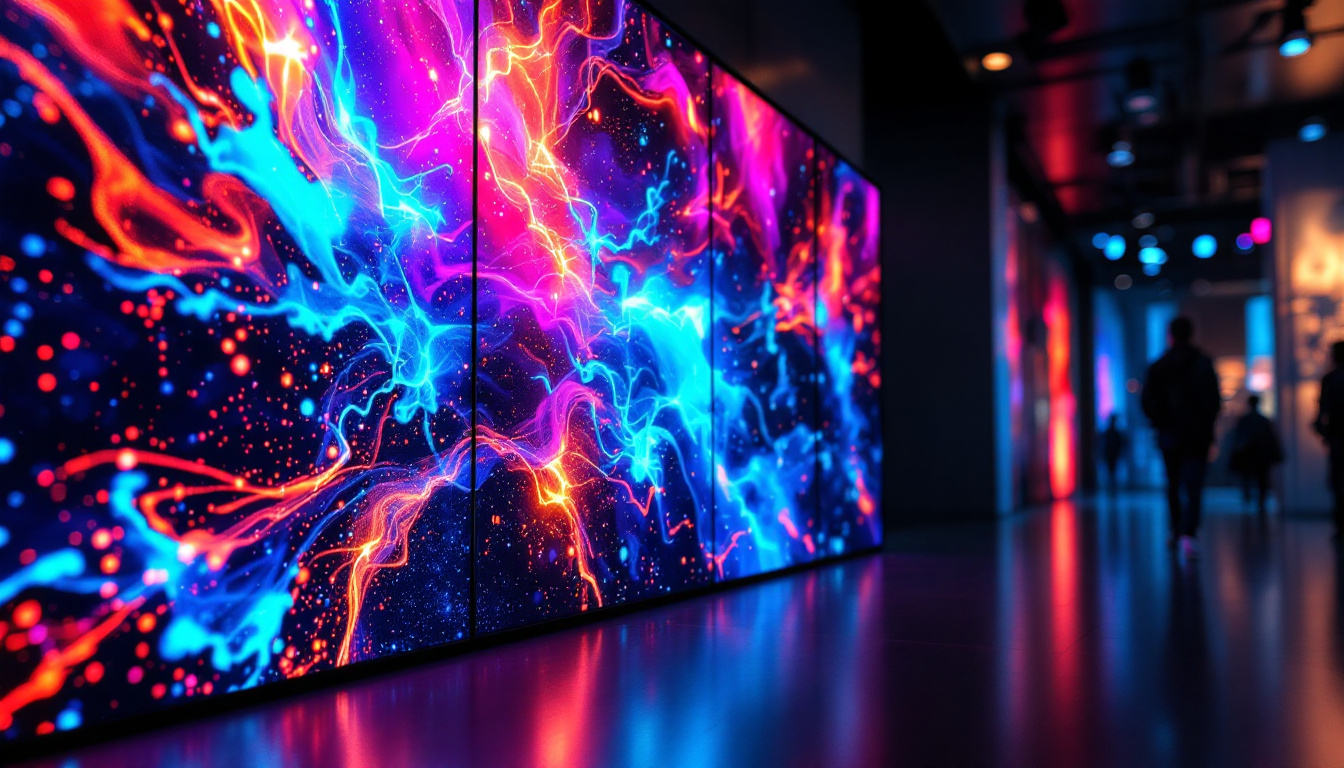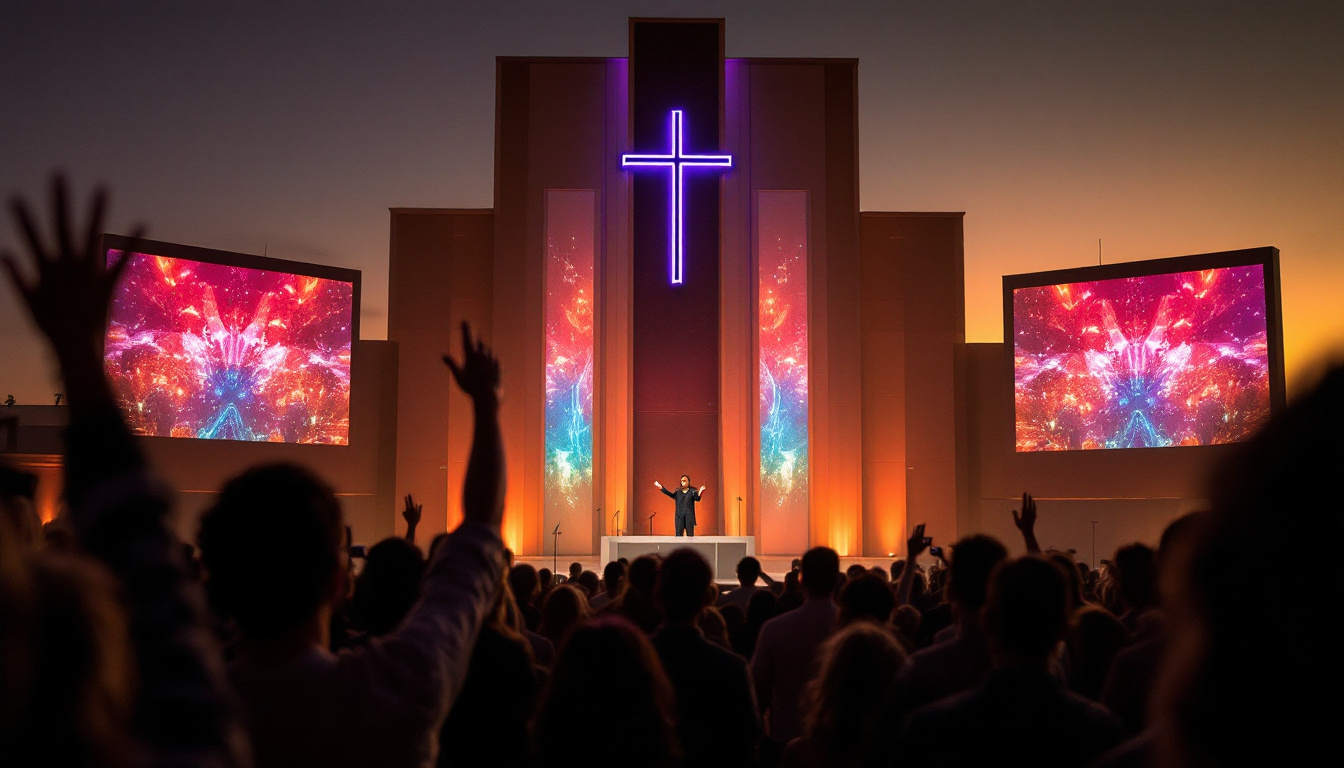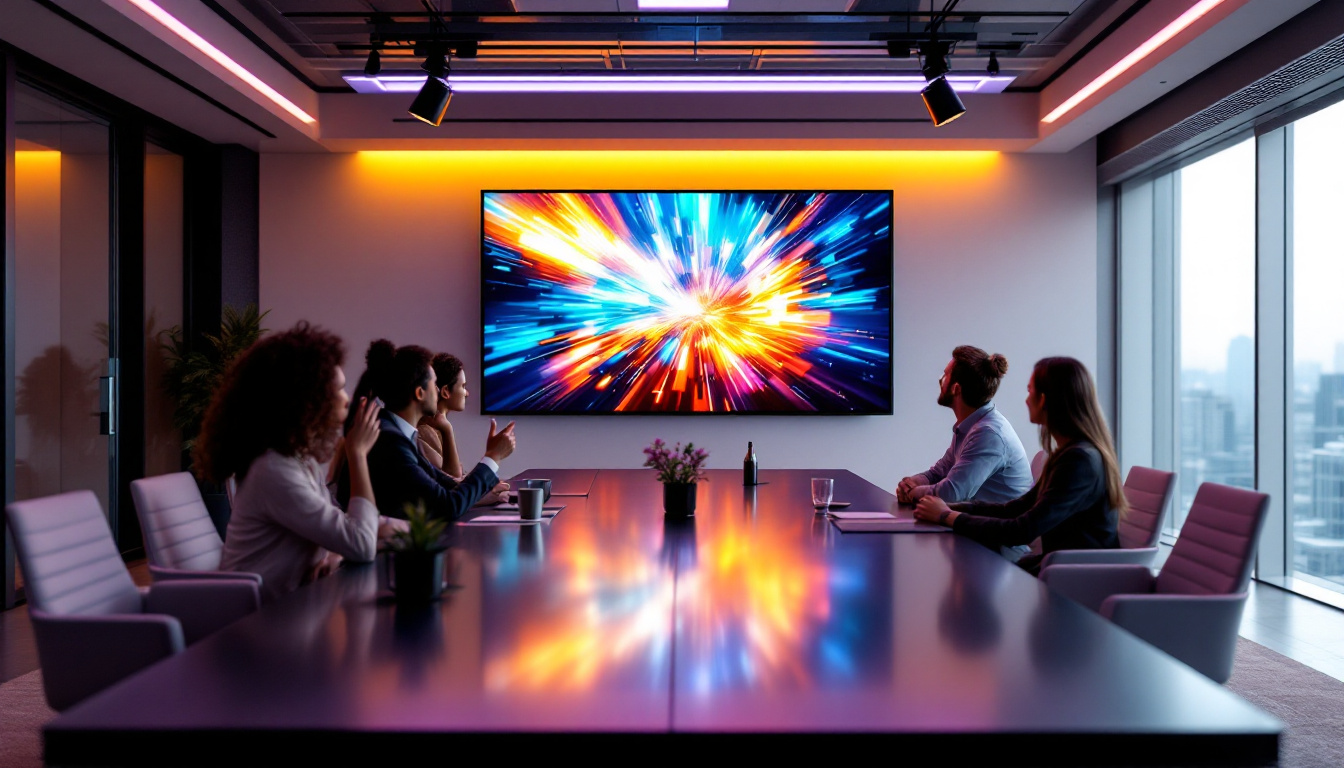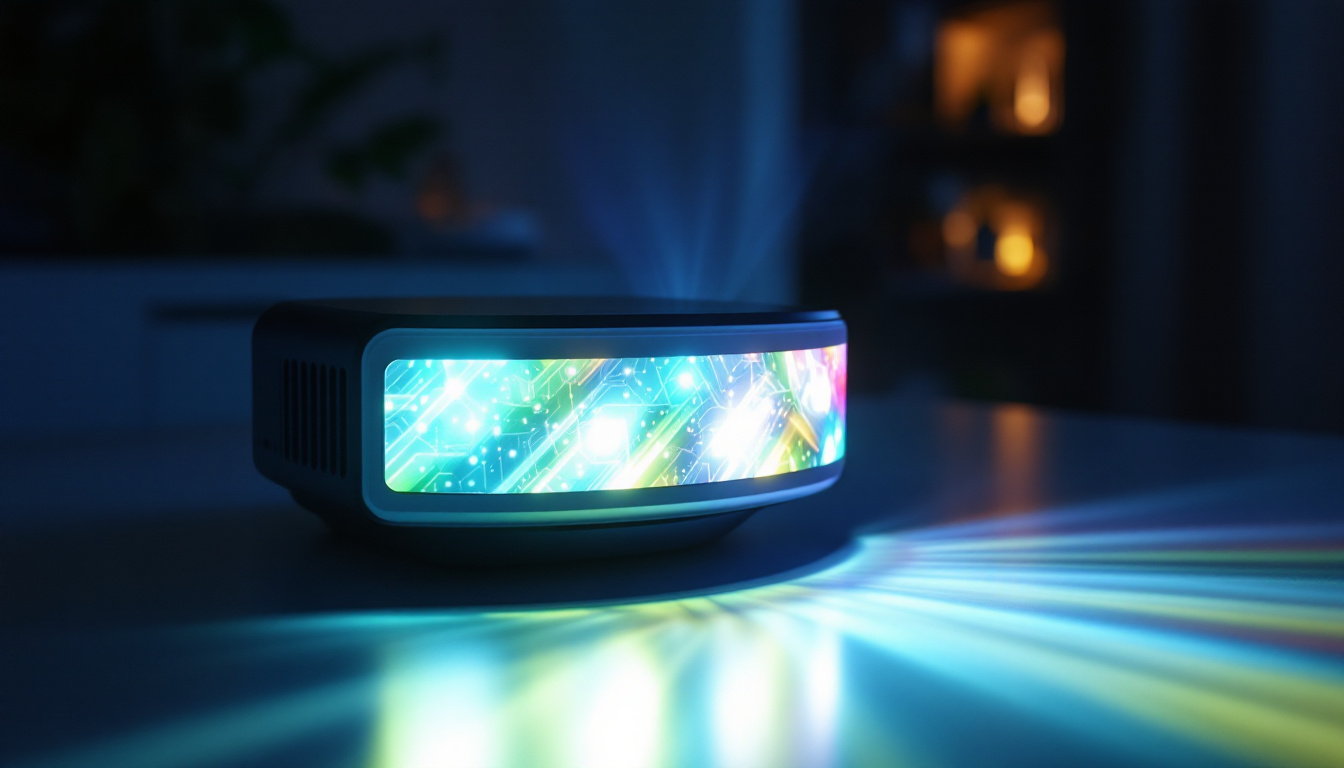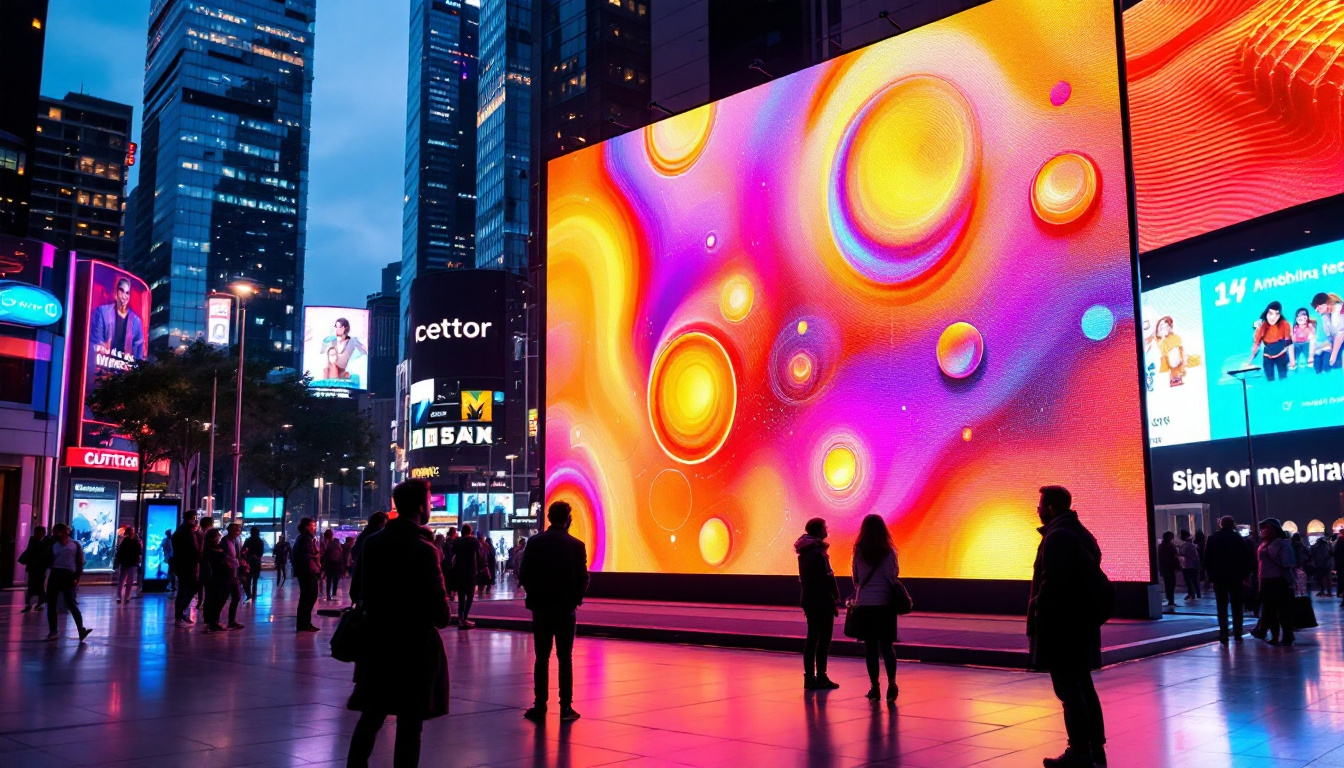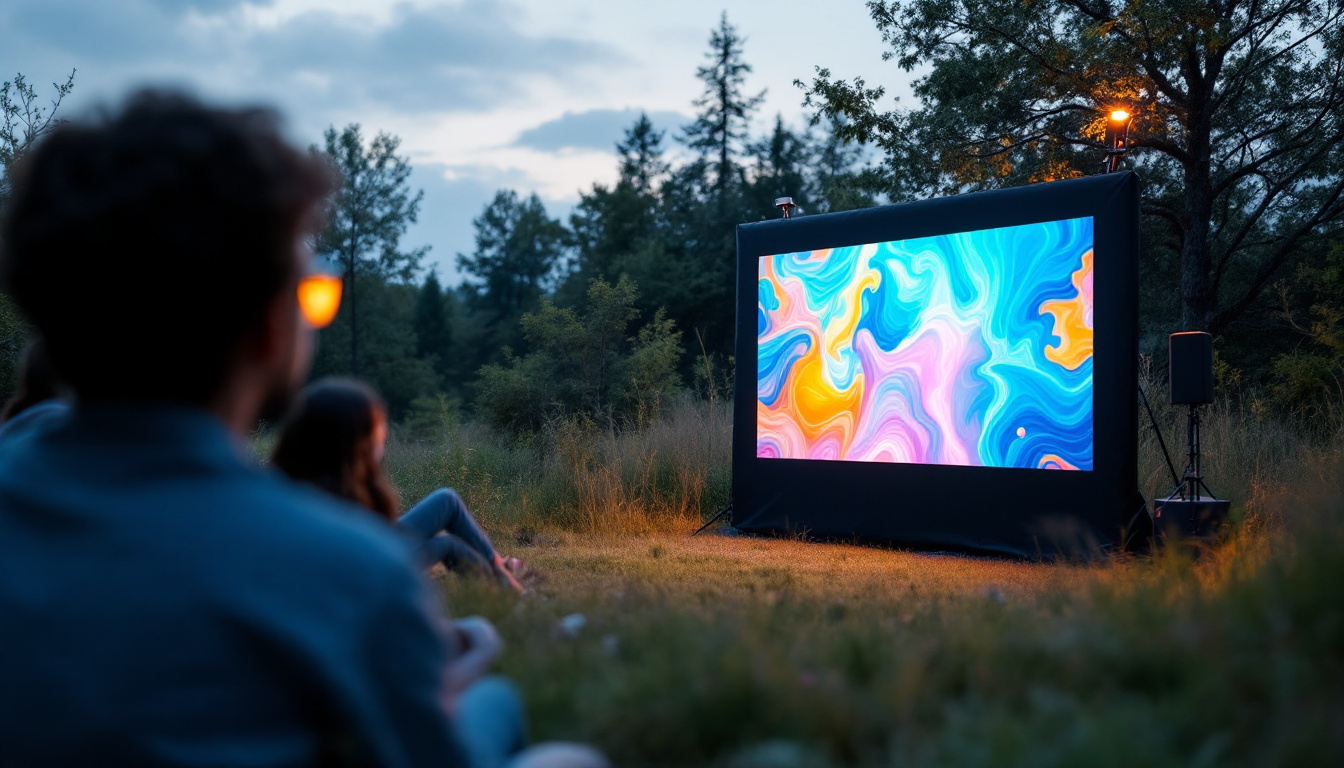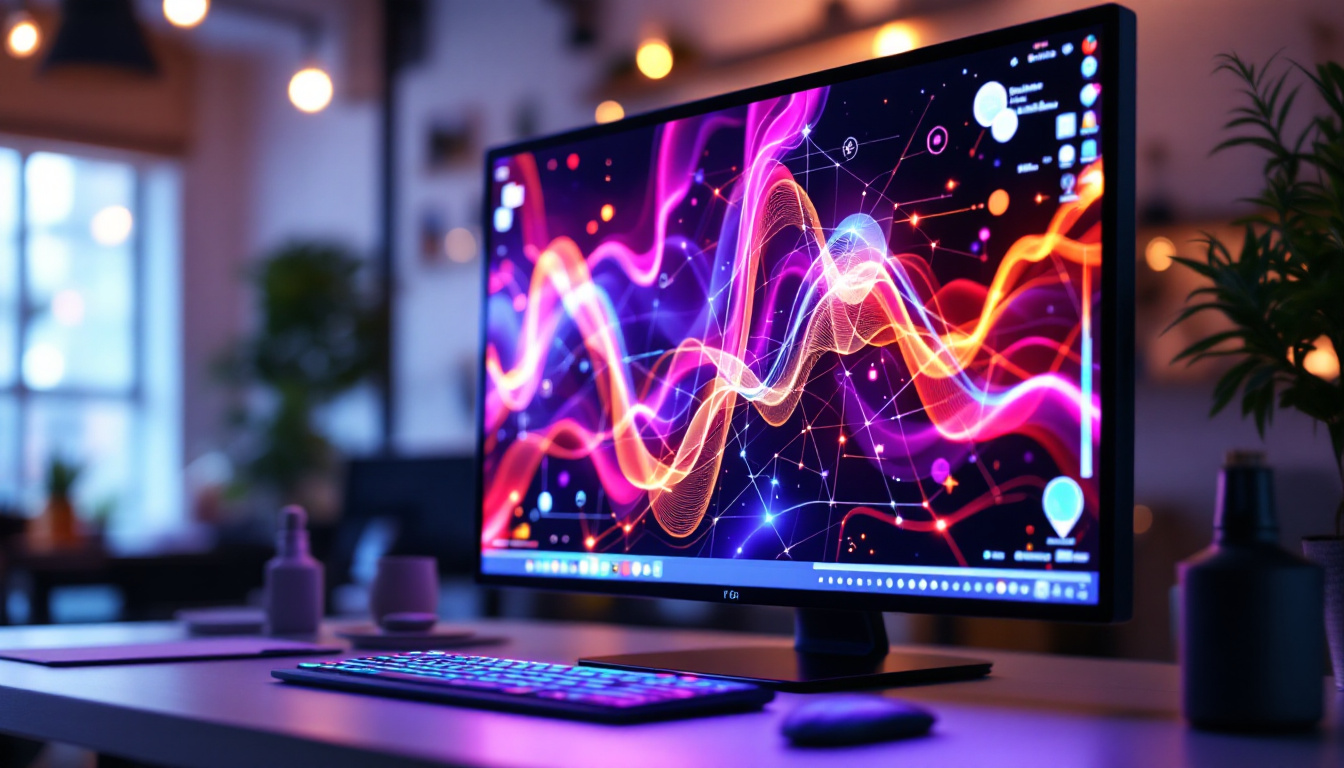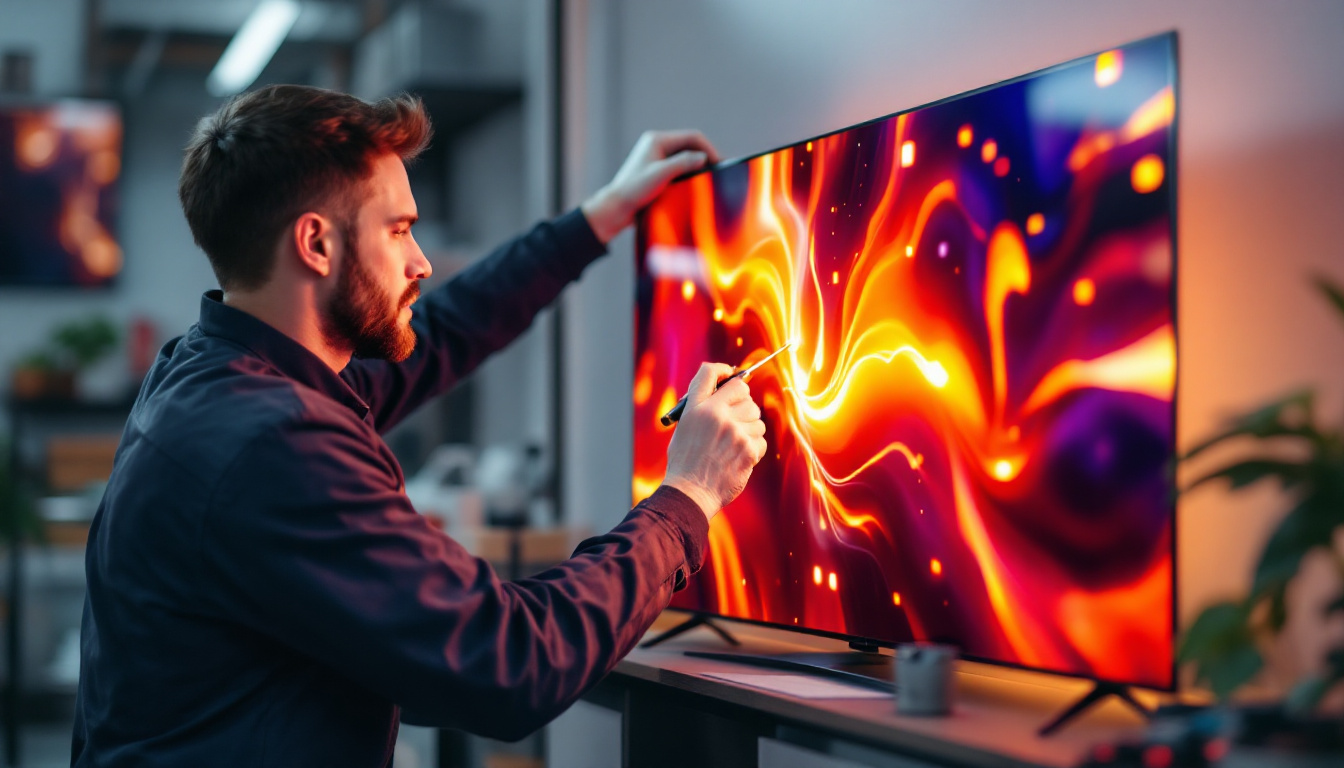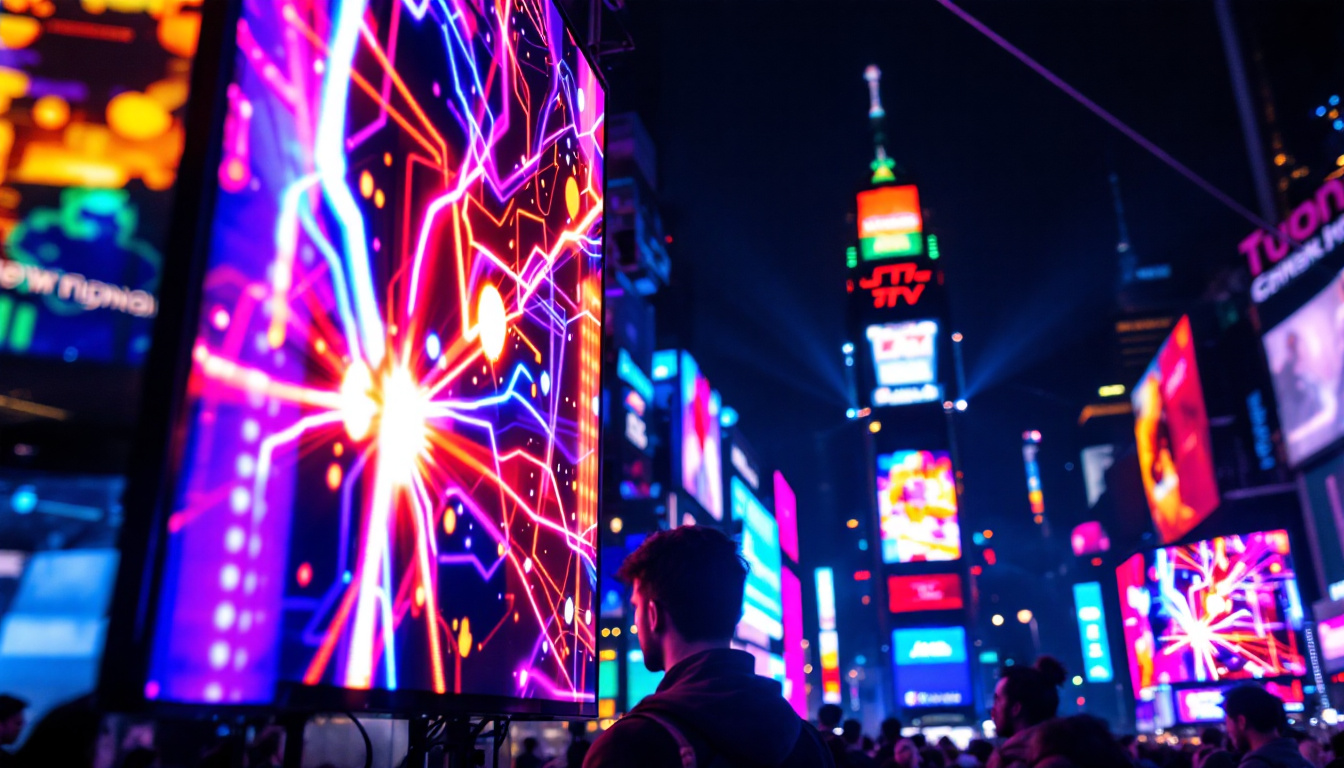In today’s fast-paced world, accurate measurements and conversions are essential, especially in fields like engineering, design, and technology. One common conversion that often arises is from metres to inches. This article will delve into the specifics of converting 1.5 metres to inches, while also exploring the relevance of LED displays in presenting such information effectively.
The Basics of Measurement Conversion
Understanding measurement conversions is crucial for various applications, whether in everyday life, construction, or scientific research. The metric system, which includes metres, is widely used globally, while inches are part of the imperial system predominantly used in the United States. This difference can lead to confusion, making accurate conversions necessary. The ability to seamlessly switch between these systems not only enhances communication but also ensures that projects are executed with precision, ultimately leading to better outcomes.
Understanding the Conversion Factor
To convert metres to inches, it is essential to know the conversion factor. One metre is equal to approximately 39.37 inches. Therefore, to convert 1.5 metres to inches, the calculation involves multiplying 1.5 by 39.37.
Mathematically, the conversion can be represented as follows:
- 1.5 metres × 39.37 inches/metre = 59.055 inches
This means that 1.5 metres is equivalent to approximately 59.06 inches when rounded to two decimal places. This simple yet effective formula can be applied to any measurement, making it a foundational skill for anyone working with different measurement systems.
Practical Applications of Measurement Conversions
Measurement conversions are not just theoretical exercises; they have practical implications in various fields. For instance, architects and engineers often need to convert measurements to ensure that designs meet specific standards. Similarly, in the manufacturing industry, precision is key, and accurate conversions can prevent costly mistakes. In fields like medicine, accurate measurement conversions can be critical, particularly when dosing medications or interpreting lab results where units may vary.
In everyday life, individuals may need to convert measurements for home improvement projects, such as when purchasing materials or planning layouts. Understanding how to convert metres to inches can save time and resources, making it a valuable skill. Additionally, cooking often requires conversions, especially when using recipes from different countries. Knowing how to convert between metric and imperial measurements can enhance culinary creativity and ensure that dishes turn out as intended, regardless of the origin of the recipe. This versatility in applying measurement conversions showcases their importance across a wide array of activities and professions.
LED Displays: An Overview
LED (Light Emitting Diode) displays have become ubiquitous in modern technology, found in everything from televisions to digital signage. These displays are known for their brightness, energy efficiency, and versatility. Understanding how LED displays work can provide insights into their applications and advantages.
The Technology Behind LED Displays
LED displays consist of numerous tiny diodes that emit light when an electric current passes through them. These diodes are arranged in a grid, allowing for the creation of images and text. The brightness and color of the display can be adjusted by varying the current supplied to each diode.
One of the primary advantages of LED technology is its energy efficiency. Compared to traditional display technologies, such as LCD or plasma, LED displays consume significantly less power while delivering superior brightness and contrast. This makes them ideal for a wide range of applications, from indoor screens to large outdoor billboards. Furthermore, the longevity of LED displays is remarkable; they can last up to 100,000 hours, significantly reducing the need for frequent replacements and maintenance, which is a crucial factor for businesses looking to minimize operational costs.
Applications of LED Displays
LED displays are versatile and can be used in numerous settings. In commercial environments, they are commonly used for advertising and information dissemination. Digital billboards, for example, can display dynamic content that captures the attention of passersby, making them an effective marketing tool. The ability to change advertisements in real-time allows businesses to tailor their messaging based on time of day, audience demographics, or even current events, thus maximizing their outreach potential.
In addition to advertising, LED displays are also prevalent in sports arenas, where they provide real-time information about scores, player statistics, and advertisements. Their ability to display vibrant colors and sharp images enhances the spectator experience, making events more engaging. Beyond sports, LED displays are also utilized in concerts and live performances, where they create stunning visual effects that complement the music and atmosphere. The integration of LED technology in stage design has revolutionized the way audiences experience live entertainment, allowing for a more immersive and visually captivating experience.
Why Measurement Conversions Matter in Display Technology
When it comes to LED displays, accurate measurements are crucial for various reasons. Whether designing screens for commercial use or creating custom solutions for specific applications, understanding dimensions in both metric and imperial units is essential.
Design Considerations for LED Displays
Designing an LED display involves careful consideration of its dimensions, resolution, and viewing distance. Knowing how to convert measurements allows designers to create displays that fit specific spaces and meet user requirements. For example, a display intended for a large outdoor space may need to be measured in metres, while a smaller indoor display might be specified in inches.
Moreover, the resolution of the display, often measured in pixels per inch (PPI), is another critical aspect that requires precise measurements. A higher PPI indicates a sharper image, which is particularly important for applications where detail is paramount. This is especially true in industries like advertising and digital signage, where the clarity of the image can significantly impact viewer engagement and message retention.
Additionally, the aspect ratio of the display must be taken into account, as it determines how the content will be presented. Different applications may call for different aspect ratios, such as 16:9 for video content or 4:3 for traditional presentations. Understanding these ratios and their conversions can help designers optimize the layout and presentation of information, ensuring that the display serves its intended purpose effectively.
Impact on User Experience
The user experience is significantly influenced by the size and quality of the display. Accurate measurements ensure that displays are not only visually appealing but also functional. For instance, an LED display that is too small for a given space may lead to poor visibility, whereas one that is too large could overwhelm the viewer.
Furthermore, understanding the conversion from metres to inches can help in determining the best placement for a display. This is particularly relevant in environments where space is limited, such as retail stores or exhibition halls. In these settings, strategic placement can enhance visibility and accessibility, allowing customers to engage with the content more effectively. Moreover, the height at which a display is mounted can significantly affect the viewing angle, making it essential to consider these measurements during the design phase.
Another aspect to consider is the ambient lighting of the environment where the display will be installed. Different lighting conditions can affect how a display is perceived, and accurate measurements can help in selecting the right brightness and contrast settings. For example, outdoor displays may require higher brightness levels to combat sunlight, while indoor displays can often operate at lower levels. This attention to detail not only improves the viewing experience but also extends the lifespan of the display by preventing overexertion in inappropriate conditions.
Converting 1.5 Metres to Inches: A Practical Example
To illustrate the conversion process further, let’s consider a practical scenario. Imagine a designer tasked with creating an LED display for a retail store that measures 1.5 metres in height. The designer needs to convert this measurement to inches to ensure that the display fits within the store’s layout.
Step-by-Step Conversion
1. **Identify the Measurement**: The height of the display is 1.5 metres.
2. **Use the Conversion Factor**: Recall that 1 metre equals 39.37 inches.
3. **Perform the Calculation**: Multiply 1.5 by 39.37.
4. **Result**: The height in inches is approximately 59.06 inches.
By following these steps, the designer can confidently communicate the dimensions of the display to contractors and manufacturers, ensuring that the final product meets the intended specifications.
Importance of Accurate Communication
In any project involving measurements, clear communication is vital. Misunderstandings can lead to errors, delays, and increased costs. By converting measurements accurately and communicating them effectively, designers can minimize the risk of mistakes and ensure that all stakeholders are on the same page.
This is particularly important in collaborative environments where multiple teams may be involved in a project. Ensuring that everyone understands the dimensions in the same units can streamline the workflow and enhance overall efficiency.
Conclusion
In conclusion, converting measurements from metres to inches is a fundamental skill that has far-reaching implications across various industries. Understanding the conversion process, particularly in the context of LED displays, highlights the importance of accuracy in design and communication.
As technology continues to evolve, the role of LED displays in our lives will only grow. From advertising to information dissemination, these displays are integral to modern communication. By mastering measurement conversions, individuals and professionals can ensure that they are equipped to navigate the complexities of design and technology effectively.
Ultimately, whether it’s converting 1.5 metres to inches or designing an LED display, precision and clarity remain paramount. As the world becomes increasingly interconnected, the ability to communicate measurements accurately will continue to be a valuable asset in any field.
Discover LumenMatrix’s Advanced LED Display Solutions
Ready to take your visual communication to the next level? LumenMatrix is at the forefront of LED display technology, offering a wide range of innovative solutions that transform any space into a dynamic visual experience. From vibrant Indoor and Outdoor LED Wall Displays to versatile Vehicle and Sports LED Displays, our products are designed to captivate your audience and amplify your message. Explore our cutting-edge LED Poster Displays, immersive Floor LED Displays, and the sleek All-in-One LED Display options. For a truly unique presentation, inquire about our Custom and Transparent LED Displays. Elevate your brand visibility and create unforgettable experiences with LumenMatrix. Check out LumenMatrix LED Display Solutions today and see the difference precision and clarity can make.

